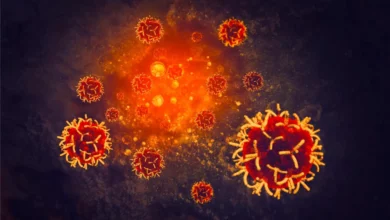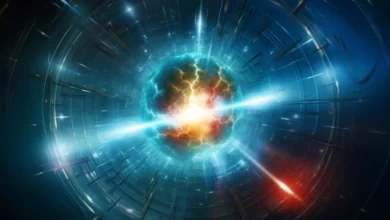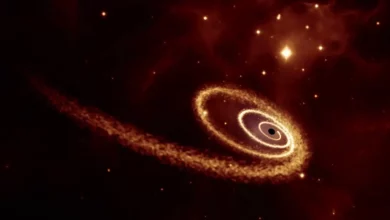Latest Articles
-
Sep- 2023 -15 SeptemberCancer

Cornell Study Reveals Why Cancer May Spread to the Spine
Lead Image: Researchers at Weill Cornell Medicine found that the vertebral bones of the spine are formed from a unique stem cell type that releases a protein, MFGE8, promoting tumor metastasis. This discovery offers insights into spinal disorders, and reasons tumors often spread to the spine, and could pave the way for new treatments in orthopedics and oncology. The spinal vertebral bones originate from a unique stem cell type that secretes a protein favoring tumor metastases, according to a study led by researchers at Weill Cornell Medicine. This breakthrough paves the way for a new line of research into spinal…
Read More » -
11 SeptemberBiodiversity

Cryo Conservation – A Cool Solution to Saving Species From Extinction
Lead Image: Researchers underscore the significant potential of cryobanks, which store varied genetic materials from animals at ultra-low temperatures, in safeguarding declining global animal populations. The study, conducted with the contribution of several global conservation agencies, suggests prioritizing species for future sampling and establishing a global cryobanking database to facilitate collaborative conservation efforts and possibly reintroduce threatened species to their natural habitats. Amidst the dire biodiversity crisis, underscored by a staggering 69% drop in global animal populations since 1970, experts are turning to an innovative solution to help avert species extinction. Analogous to how egg-freezing offers humans the option to…
Read More » -
11 SeptemberParticle Physics

Decoding the Universe’s Ghost: Project 8 Is Closing In on the Elusive Neutrino
Researchers from Project 8 employ a pioneering technique, Cyclotron Radiation Emission Spectroscopy, in their ambitious endeavor to determine the elusive neutrino’s mass, holding potential implications for our understanding of the universe. Project 8 marks a major milestone in its quest to measure neutrino mass. The humble neutrino, an elusive subatomic particle that passes effortlessly through normal matter, plays an outsized role among the particles that comprise our universe. To fully explain how our universe came to be, we need to know its mass. But, like so many of us, it avoids being weighed. Now, an international team of researchers from…
Read More » -
9 SeptemberClimate Science

The Secrets of Cloud Creation: How Plant-Released Hydrocarbons Shape Our Skies
Lead Image: Researchers have identified sesquiterpenes, hydrocarbons released by plants, as a significant contributor to cloud formation. This discovery offers insights into reducing uncertainties in climate models. As part of the international CLOUD project at the nuclear research center CERN, researchers at PSI have identified so-called sesquiterpenes – gaseous hydrocarbons that are released by plants – as being a major factor in cloud formation. This finding could reduce uncertainties in climate models and help make more accurate predictions. The study has now been published in the journal Science Advances. According to the latest projections of the Intergovernmental Panel on Climate…
Read More » -
8 SeptemberAstronomy

Ripped Apart: A Gigantic Black Hole Destroys a Massive Star
Lead Image: Astronomers, using the Chandra X-ray Observatory and XMM-Newton, meticulously studied the remains of a star obliterated by a massive black hole. This event, ASASSN-14li, offers unprecedented insights due to its proximity to Earth. The research reveals the star to be one of the most massive ever consumed by a black hole. The findings also suggest ways to identify star clusters near black holes in distant galaxies, challenging prior theories about the origins of elements observed in X-rays. Credit: NASA/CXC/A. Hobart Astronomers uncover details of a massive star, ASASSN-14li, devoured by a black hole, challenging previous theories and hinting…
Read More »










